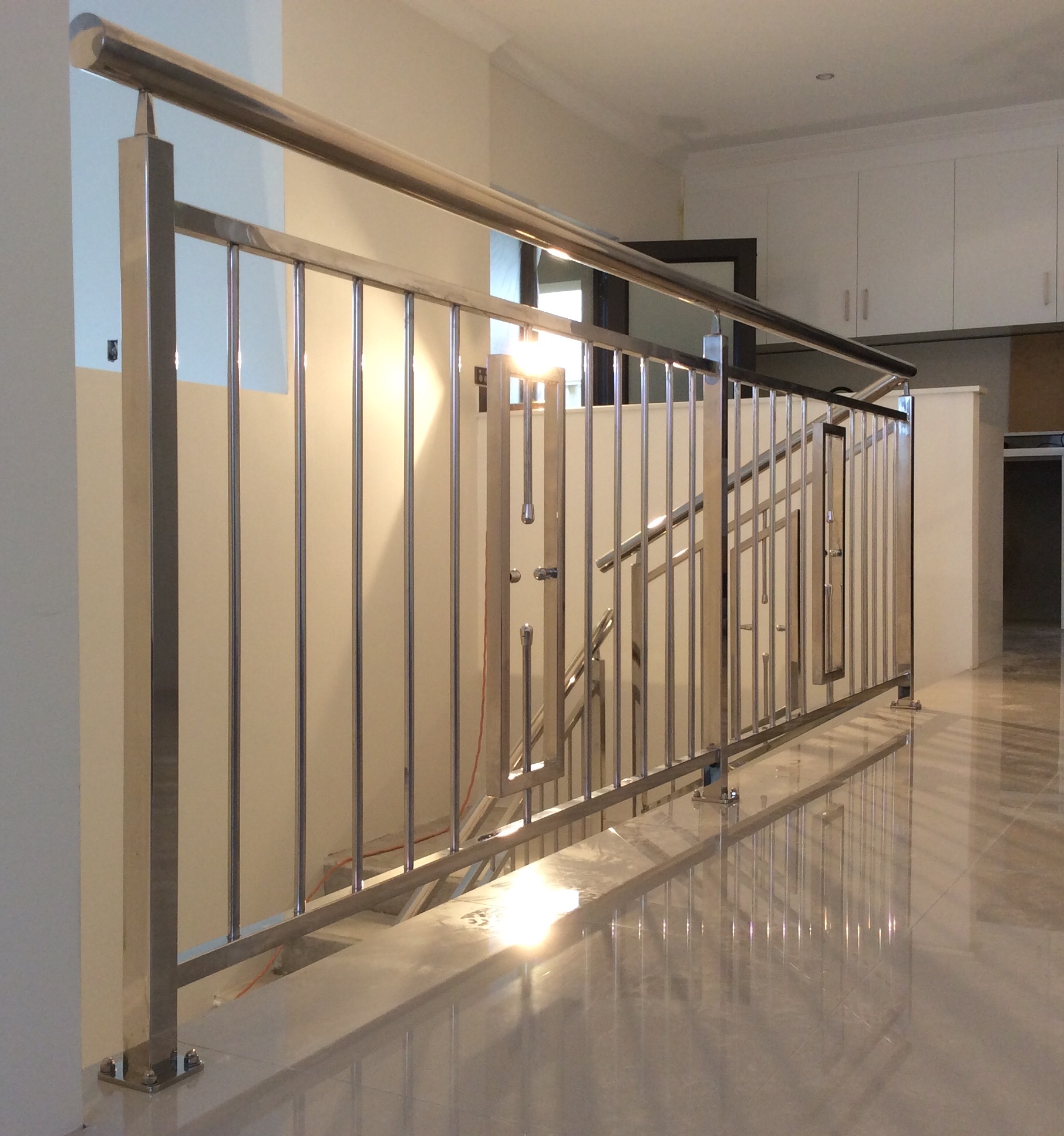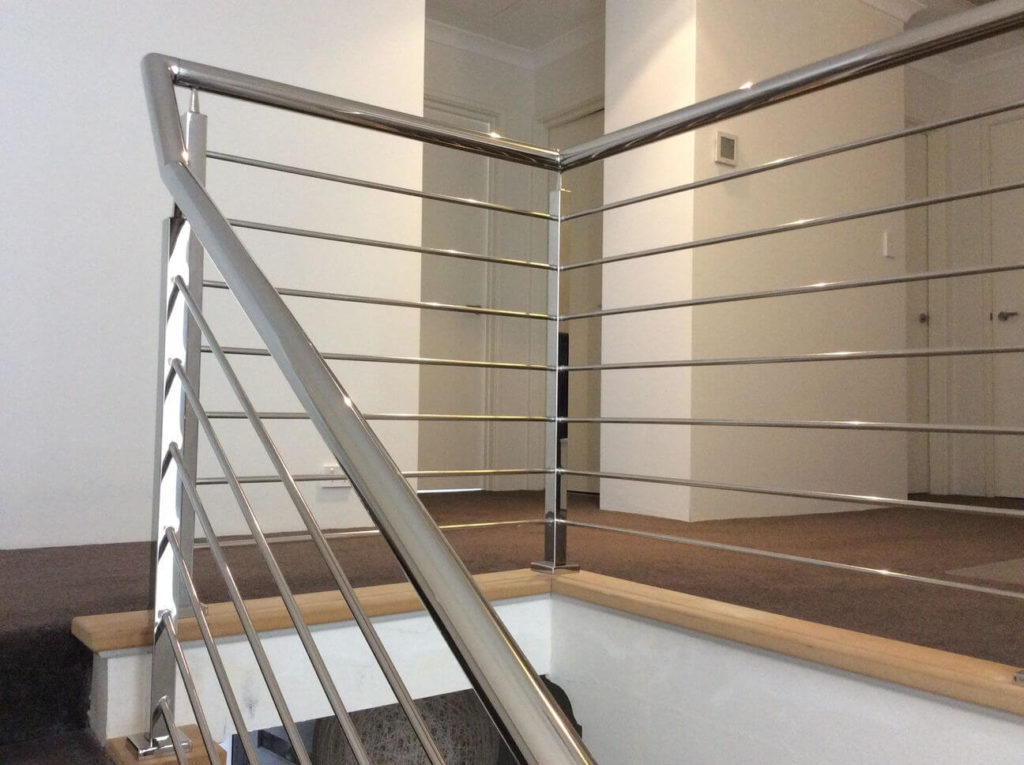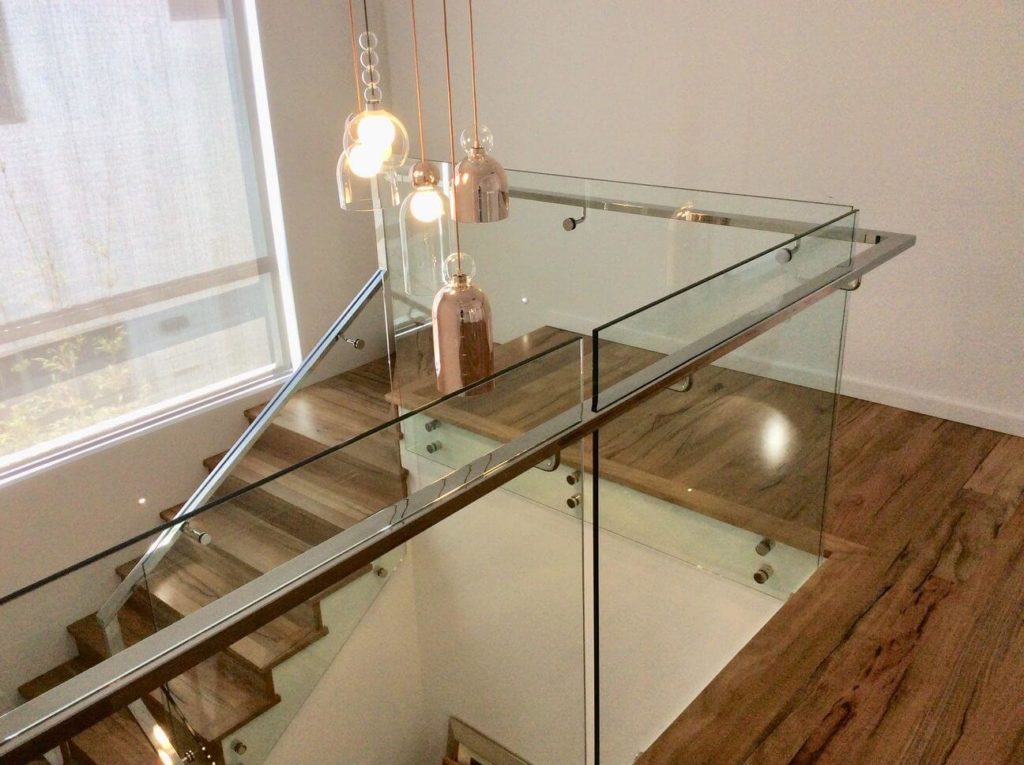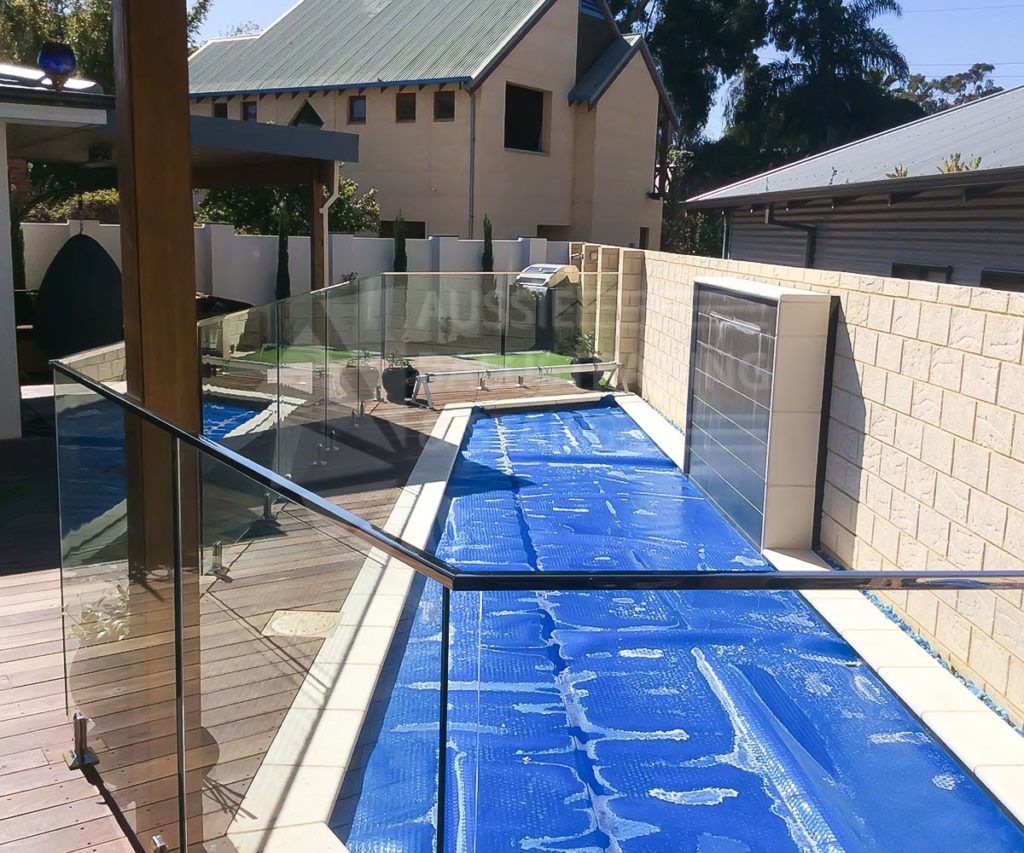Balustrades are standard attachments to buildings that have wide rooftop areas, interior staircases, and spacious balconies. Not only do they act as a safety measure, but they also keep your company out of medical and legal trouble.
When it comes to designing buildings made for use by children or persons with disabilities, it’s essential to put their safety as your top priority. As a building that promotes public service, it will be damaging to your image if you’re unable to implement strict and reliable safety protocols.
Keeping problems at bay
From hospitals to recreational centres to schools and universities, the installation of safety infrastructures, such as stainless steel wire railings are essential to avoid injuries, and, worse, lawsuits. In this article, we will share with you the three critical guidelines in creating a safe and childproof environment:
1. Look at the statistics
A building that hasn’t childproofed their railings can be prone to injuries, such as falling and entrapment. Children can get their heads and limbs in between a balustrade’s gaps if they aren’t spaced accordingly. On the other hand, infants can potentially fall off a balcony by climbing above the balustrades railing, which could cause serious injuries or even death, especially when they’re far away from ground level.
Statistically, the numbers point to over ten children admitted for unsecured balcony-related injuries per year at The Children’s Hospital at Westmead (CHW). Over 75% of these children were under five years of age, with 40% of the cases occurring over the summer. The numbers stack up as from 2008 to 2018, where over 88 children were admitted to CHW, which included fatal falls even from only 3 feet of falling distance.
2. Observe childproofing standards
If you want to avoid unnecessary falls and entrapment injuries, the National Construction Code of Australia has tight rules regarding balustrade regulations. Balustrades that are up to code must be at least 1 metre high with a limit of disallowing a 12.5 centimetres diameter sphere to pass through its gaps.
It’s also worth noting that balconies above 4 metres must not have horizontal parts that can be used for climbing. If present, the gaps need to be either below 15 cm or beyond 76 cm to be up to safety regulation.
3. Understand furniture placement
One of the many causes for accidental falling injuries is due to the accessibility of nearby objects, such as platforms to reach the top of balustrades. Though your balcony’s balustrade and railings may be up to code standards, the cause for accidents might be due to your furniture placement.
Be aware of nearby furniture such as plant pots, drawers, chairs, and coffee tables that are placed near the edge of balconies. Restructure your balcony’s furniture placement accordingly so that there will be no platforms for children to use to climb the railing. Also, make sure that if any children are allowed access into the balcony that an adult always supervises them.
Conclusion
Balconies are great additions to a property. Besides allowing natural ventilation and sunlight to enter the building, it also gives a potential overhead view of the surroundings to make for a great night sky view. With any aesthetic addition to a building, a responsible contractor knows not to sacrifice the safety of a project over its design.
At Aussie Balustrading & Stairs, we ensure that our services and products give you the security and safety that you need. If you have a construction project in need of balustrades in Perth, contact us today and let us worry about your balconies!




